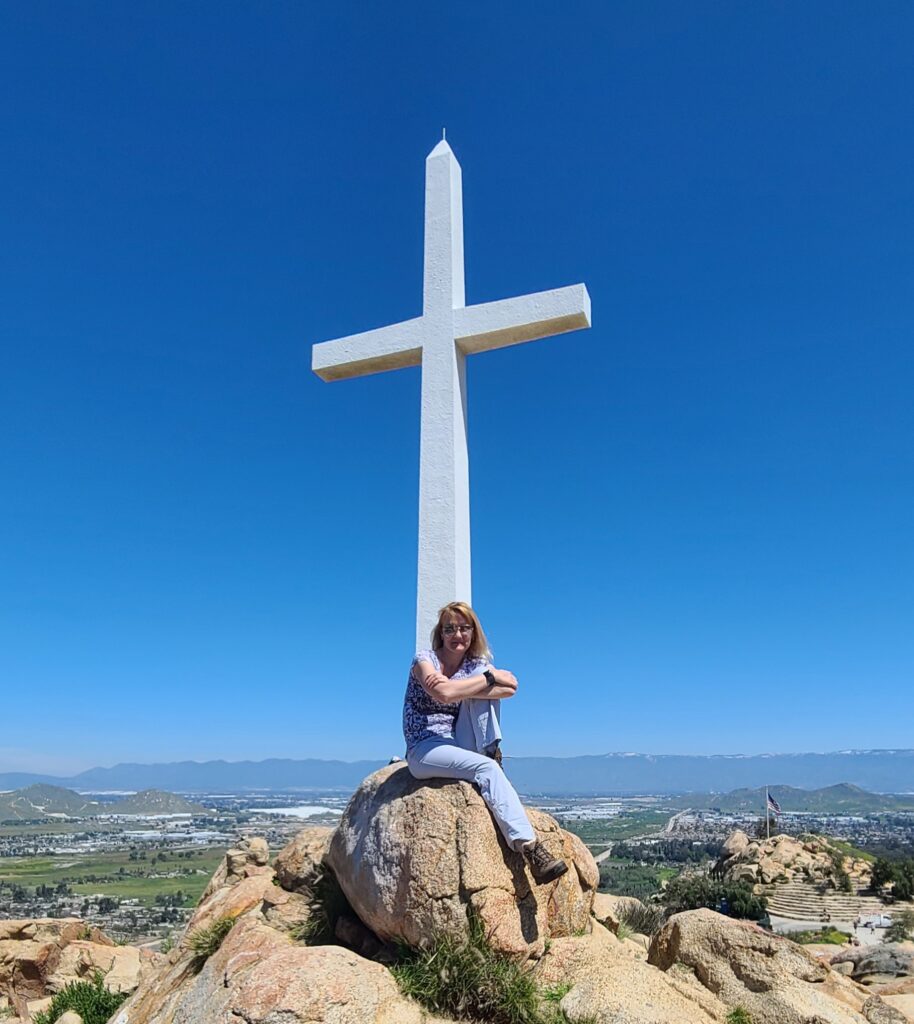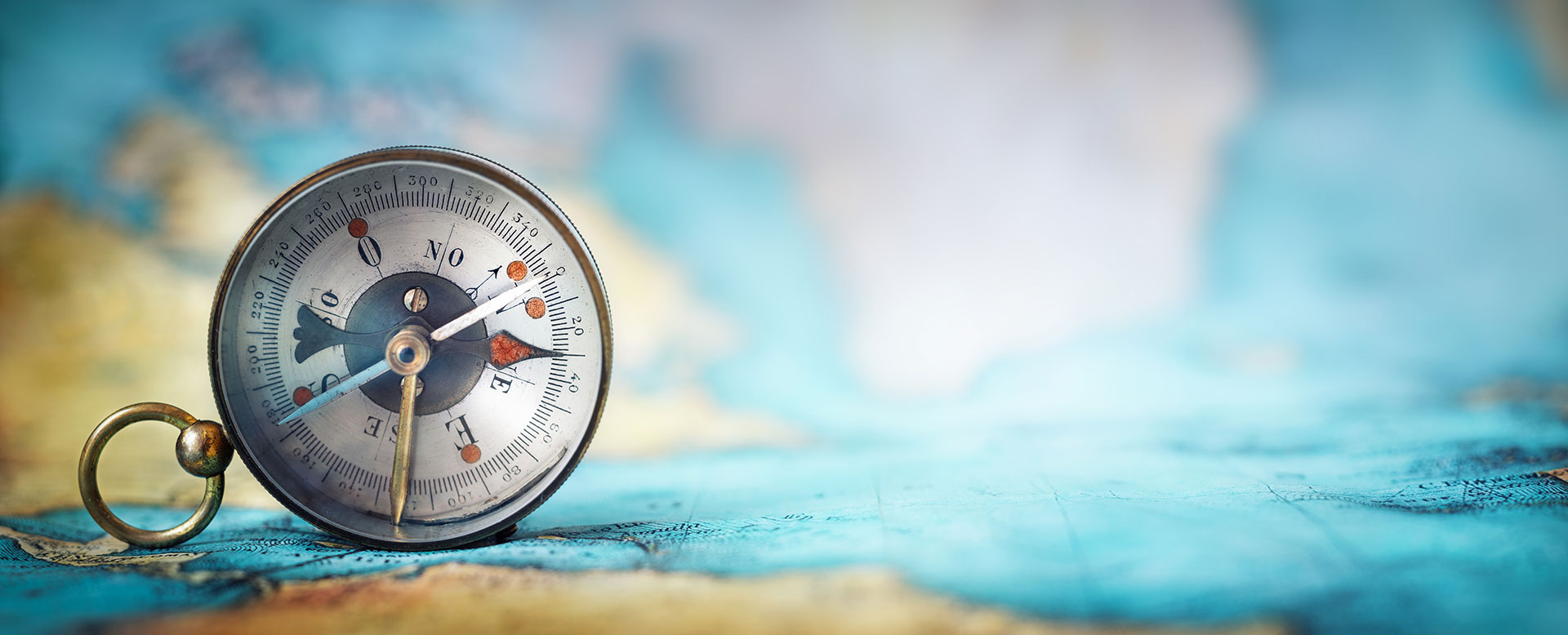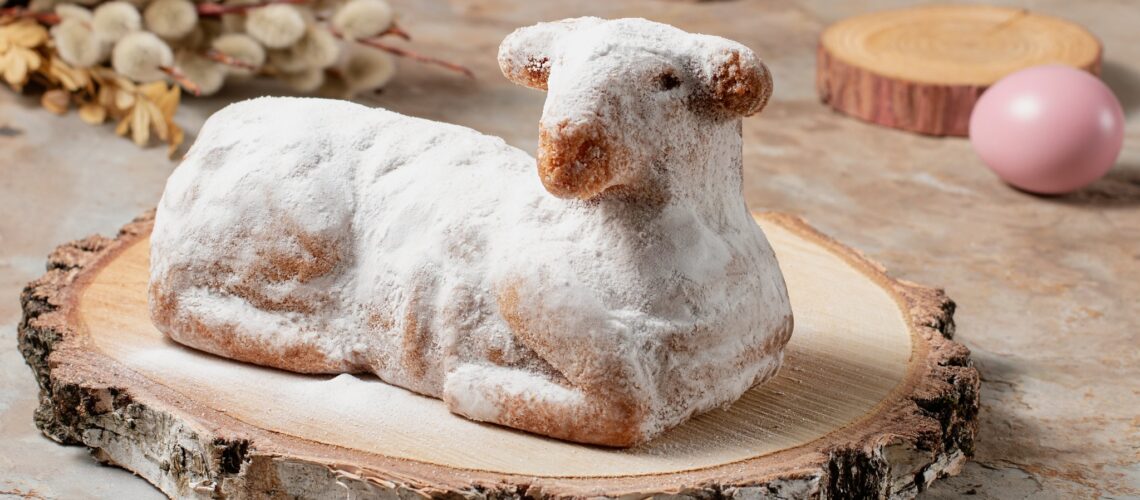
April 9, 2023
Easter traditions in Poland
Easter is an extremely important holiday in Poland that has been observed in the country for centuries. With that, there comes many significant (and fun) traditions. Learn more about these traditions below.
1. Dried Branches on Palm Sunday
The Sunday before Easter is known as Niedziela Palmowa (Palm Sunday). This day marks the end of Lent and the beginning of the Holy Week. On this day, dried pussy willows or colorful woven dried branches are brought to the church for a blessing. Traditionally palm branches are used, but since palms are not native to Poland, other dried plants are used instead.
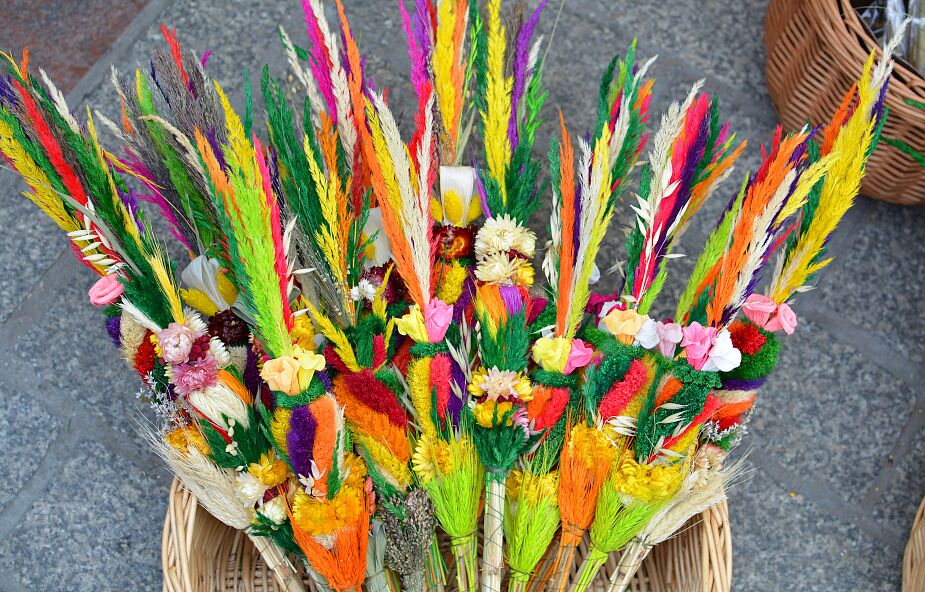
2. Easter Cleaning
In most Polish households, the week before Easter is a time for cleaning. In the United States, we sometimes refer to this as Spring Cleaning. Traditionally, in the countryside, people would use this time to repaint and spruce up their barns. Today, it is common to clean all parts of the home from the windows to floors.
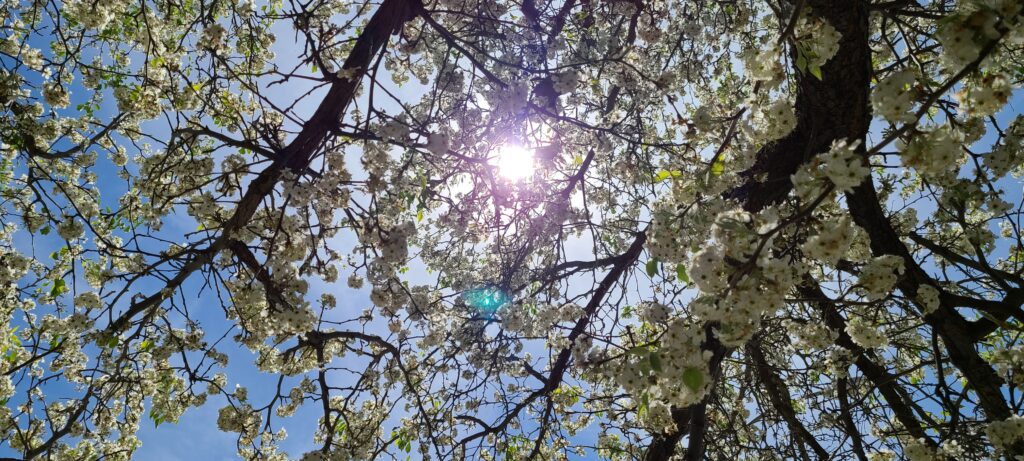
3. Decorating Easter Eggs (pisanki)
Decorating Easter Eggs is an essential part of Easter in Poland. Archaeologists have even unearthed decorated eggs in Poland that date back to the 10th century. The word “pisanki” is used today to describe all types of decorated eggs in Poland but there are actually a number of different decorating methods.
Today, people often dye eggs using natural coloring from foods such as onion skins, purple cabbage, spinach and more. After the eggs are dyed, they will use a razor or other sharp tool to scratch a design on the egg. Another method is to paint the egg using a hot colorful wax.
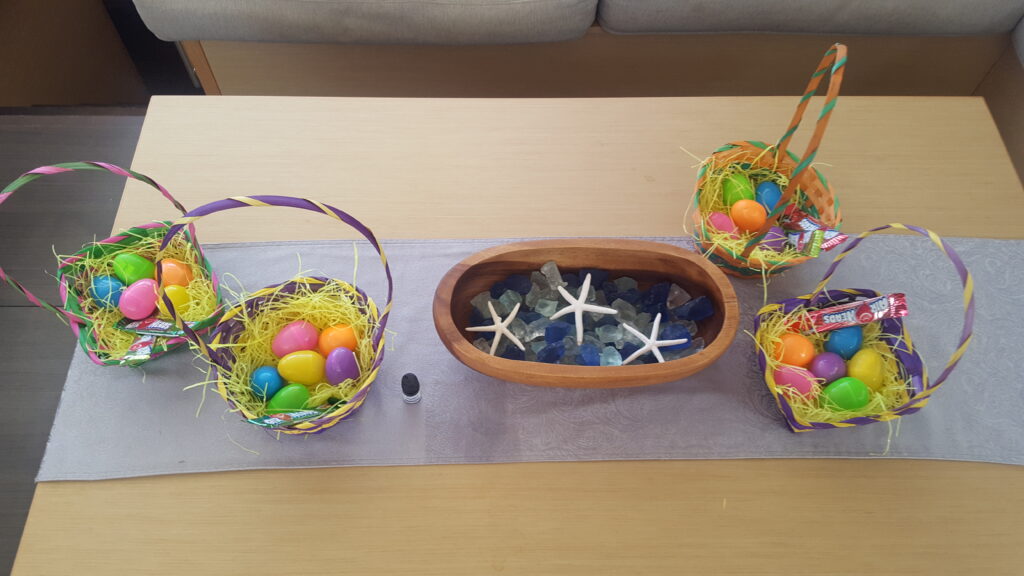
4. Blessing of the baskets
On Saturday, the day before Easter, parades of people walk to the church carrying baskets. These baskets are lined with a white cloth and filled with foods that will be eaten at the Easter meal. Some of the foods included in the basket are boiled eggs, sausage, ham, salt and pepper, bread, horseradish, a small babka, and a lamb made from sugar. People take these baskets to the church where they will be blessed by the priest.
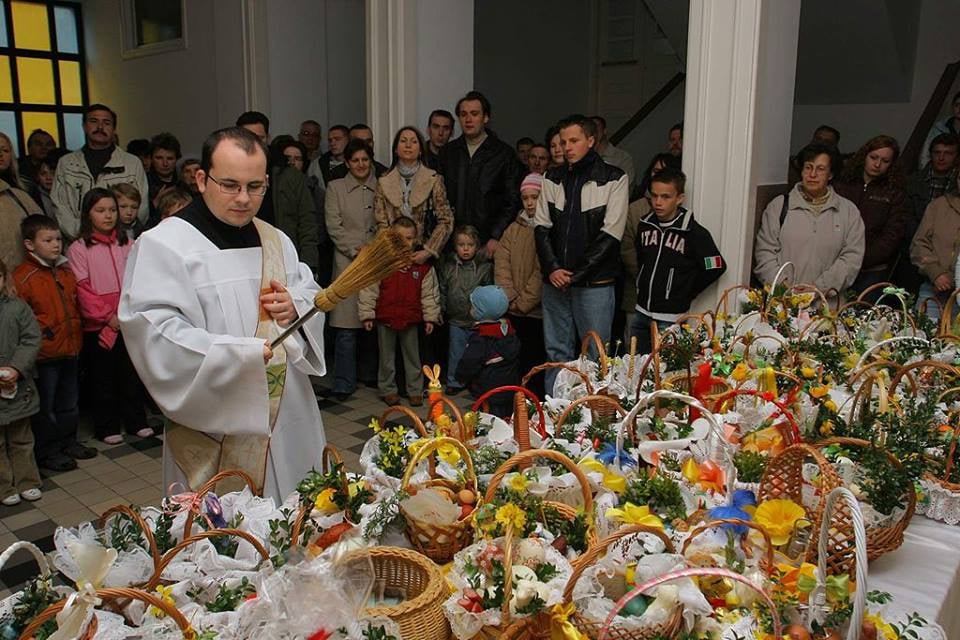
5. Easter Morning Mass
Some people choose to attend an early sunrise mass at 6am on Easter Sunday, also known as a Resurrection Mass. At some churches in Poland, there is an Easter procession where the priest and the church members will walk around the church three times while the church bells ring and the organ is played for the first time since Good Friday.
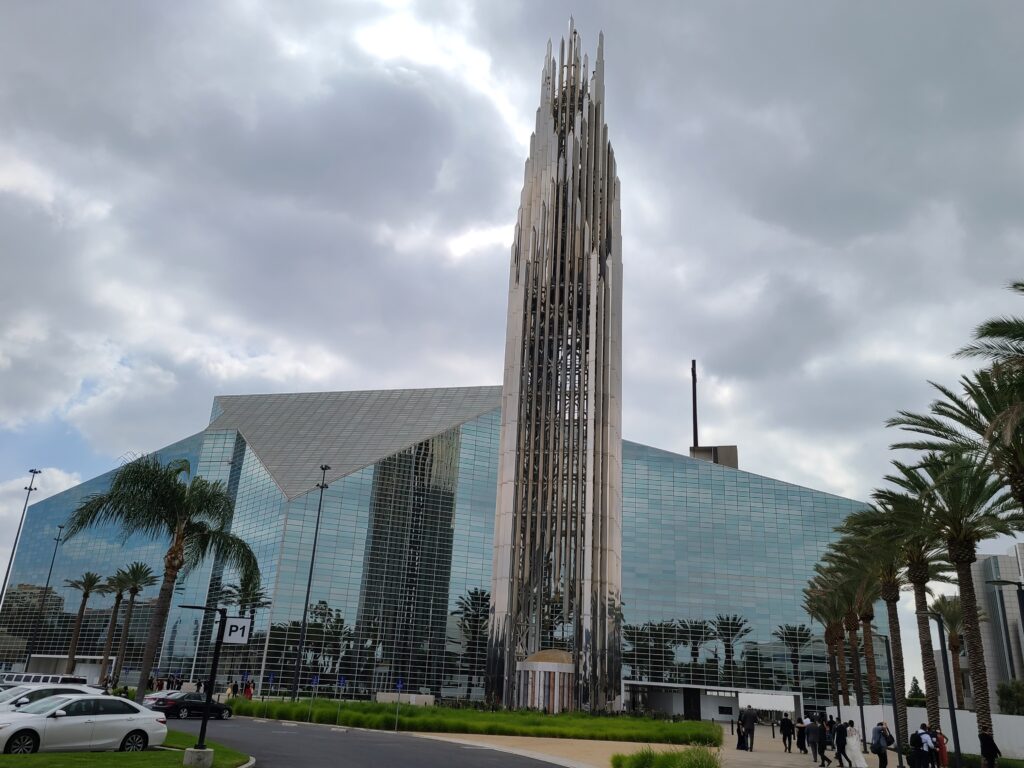
6. Easter Meal
On Easter families gather together to share a traditional Easter meal. For some families this is a breakfast and others it is enjoyed later in the day. Before the meal begins, everyone takes a slice of boiled egg and wishes everyone at the table Wesołego Alleluja (Happy Easter).
The Easter meal includes traditional Polish dishes including żurek, biała kiełbasy, boiled eggs, and an assortment of other foods and desserts. Desserts really steal the show on Easter and often consist of cakes such as babka, mazurek, sernik (cheesecake).
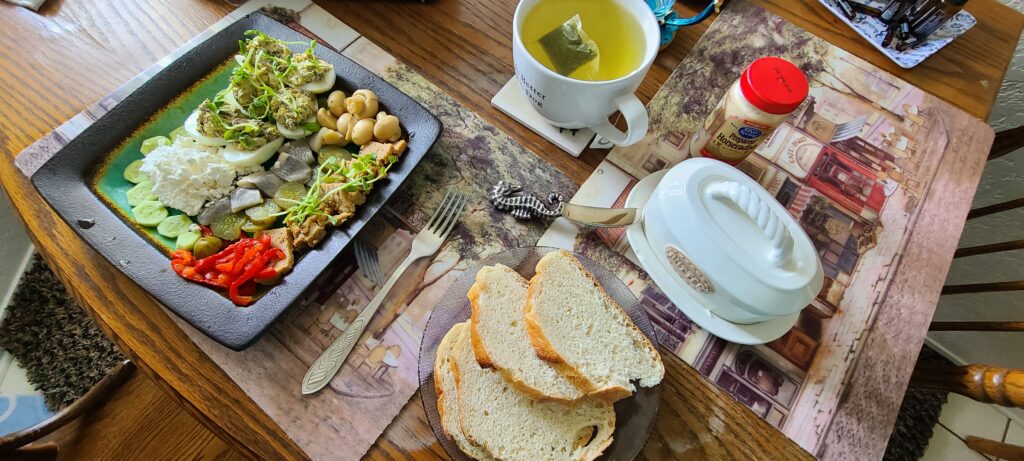
7. Egg Battles
During the Easter meal, each person will take a boiled egg and pair off. You hold the boiled egg with the narrow tip pointing forward. The two people (on the count of three) will knock their egg against the other. Whoever’s egg cracks is the loser and the one with an unbroken egg is the winner. The winner goes on to play against the winner of another pair. Whoever has the unbroken egg at the end is the winner.

8. Wet Monday
Easter Monday in Poland, is known as Śmigus-Dyngus (Wet Monday). On this day, people will sneakily drench others with water. Be prepared to get wet if you are in Poland on this day.
This tradition dates back centuries in Poland and was originally a day when boys could drench girls with water (it sounds harsh, but it was actually seen as a form of affection). Today, it is more common within households using glasses of water or small squirt guns.

Wesołego Alleluja and Happy Easter!
